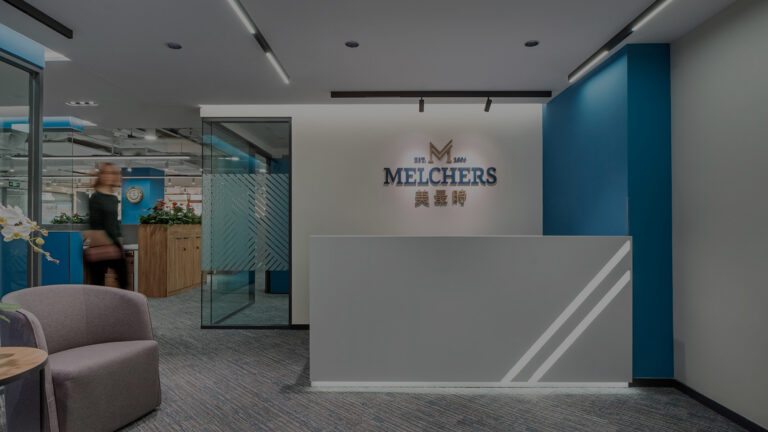In one of the world’s fastest moving markets, the ability to quickly adapt strategy is crucial for continued growth in China. The impacts of the outbreak have led to a shift in consumer values for Chinese consumers. In order for a brand to successfully adapt its strategy, it needs to know and understand its consumers.
Brands who were successful at staying in-touch with their customer’s changing values, were able to adapt their strategies quickly, thus enabling them to recover faster in China’s market compared to those that didn’t. Customer-centric elements that were adapted by brands focused on creating meaningful engagement with their consumers both online and offline, creating a stronger overall omni-channel strategy.
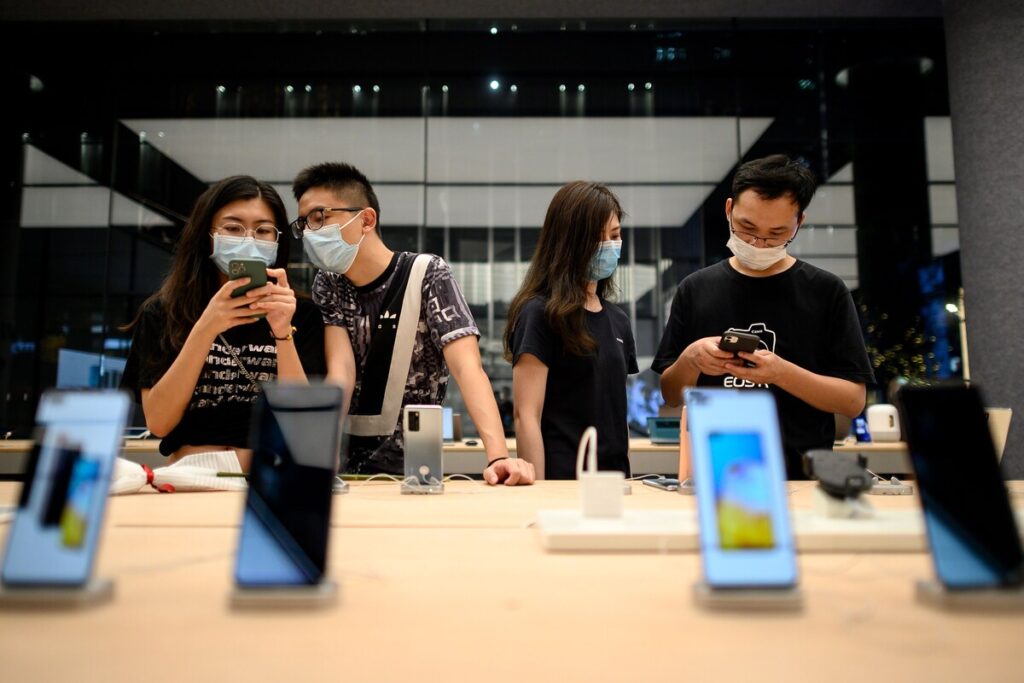
Huawei serves as a great example of a domestic brand that was able to create success in China over their other operating markets. Continuous innovation and adaptation of their strategy to cope with the difficulties in China’s market, leading them to surpass their other competitors to become one of the top selling brands in the world despite challenges brought on by the global pandemic.Their strategy focused on three key elements:
- Consumer Engagement
- Offline expansion
- Innovation
Consumer Engagement
Engaging consumers in a time of social distancing and physical restrictions proved to be no challenge for Huawei. Through their philosophy driven by continuous innovation and partnerships used to expand the knowledge and capabilities of others, Huawei focused its efforts on hosting events virtually.
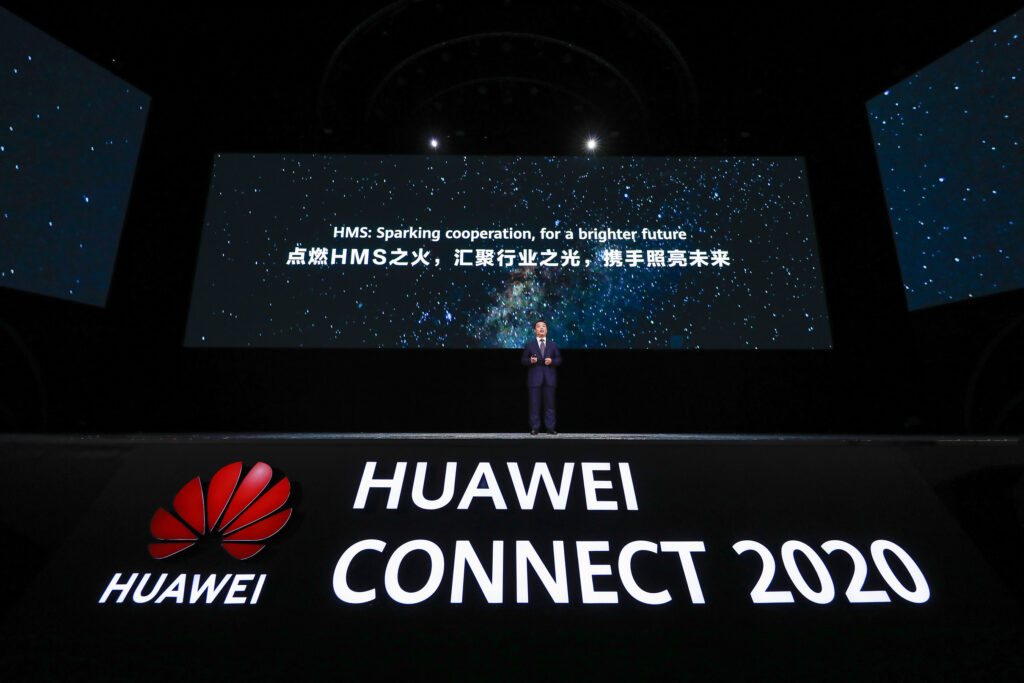
Throughout 2020, the brand hosted multiple events online for selected attendees and audiences. Most of the events that took place were held in a conference style format, with a few others featuring product launches designed to create excitement for the new technology. Other events featured notable KOLs, targeted toward a younger Chinese audience to showcase new features of products.
Offline Expansion
Given the constraints presented by the pandemic, it may come as a surprise that Huawei actually opened its largest flagship store in the world in 2020. Right in the heart of the city of Shanghai sits a 5000sqm retail space on East Nanjing Road. The new flagship store overshadows the likes of Apple and other tech flagship stores on the same road. The multi-story space provides ample room for consumer engagement and interaction through an on-site gym, kitchen, and product display areas utilizing the technology products of Huawei.
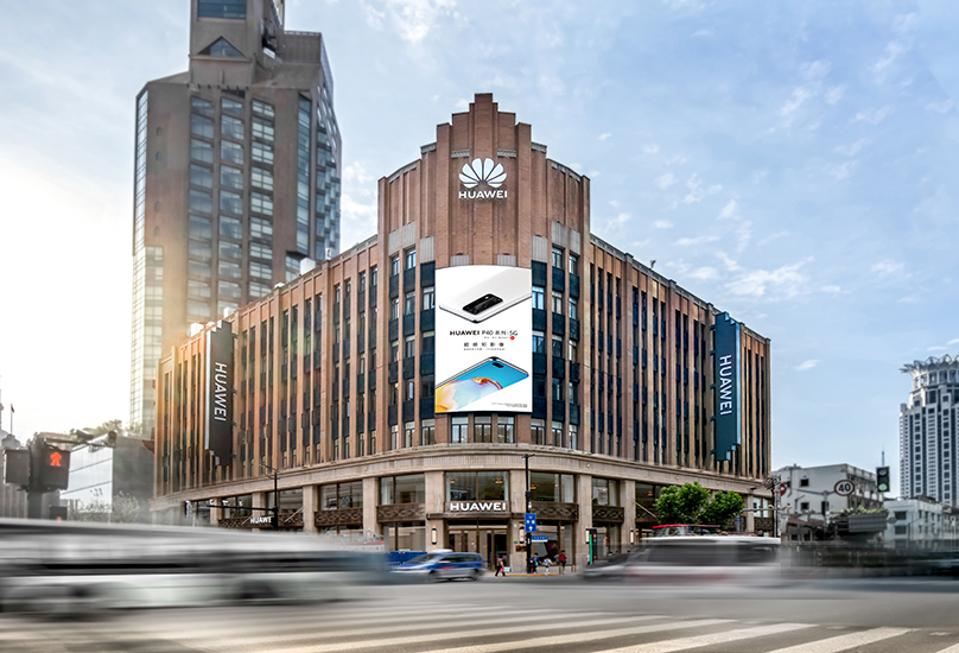
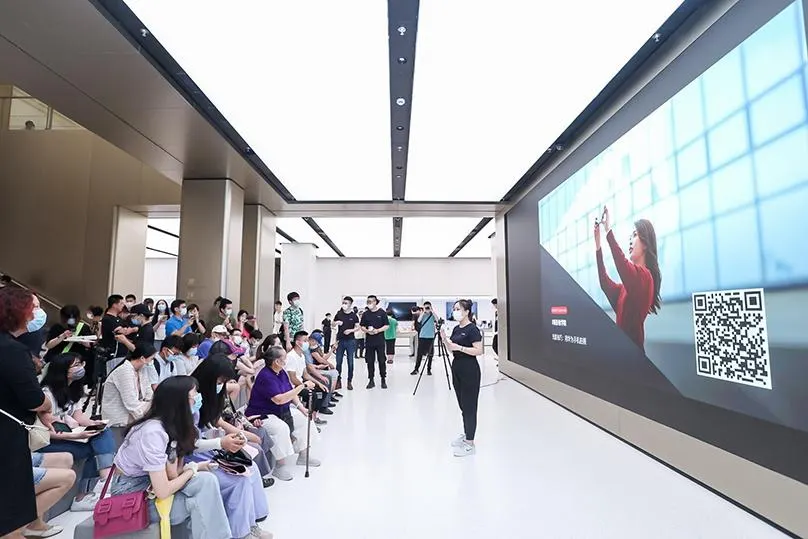
In Wuhan, they also opened a pop-up store with an eye-catching focal point that featured a robotic arm sorting products. Guests could interact with the robot by purchasing goods at the store. While the use of robotics is not as exciting to consumers as it used to be, the pop-up store served as a great way to engage consumers in a non-physical way.

Innovation
Huawei continually creates engagement with their consumers by providing innovative new products and technology. Despite the challenges brought on by the pandemic and other political factors, the brand saw positive growth in 2020. Huawei was also named the 6th most innovative company in the world. They shared their “All-Scenario AI Life strategy” in September 2020, which focuses on providing products most centered around the user’s experience.

New products such as their latest smart watch “Huawei Smart Fit” can switch between different specified workout modes to ensure the health metrics are more accurately tracked during the user’s workout. Their new watch serves as a small example of how the brand seeks to continue providing their customers with a personalized experience best suited to their lifestyle needs.
Results
By focusing on driving growth in their home market through events, offline expansion, and innovation, Huawei was able to create growth during a year filled with hardships. Keeping a fine-tuned strategy that focuses on providing their consumers with lifestyle centric products and services, allowed them to strengthen the relationship with their customers.
Looking forward, it’s apparent that a customer-centric driven strategy is an important part of a successful retail strategy for brands. The true winners are those who can act quickly and focus on the immediate needs of their consumers that continually change. Having a timely response, connecting with consumers at all parts of their shopping journey, and providing them with an experience that matches the quality of products provided.


